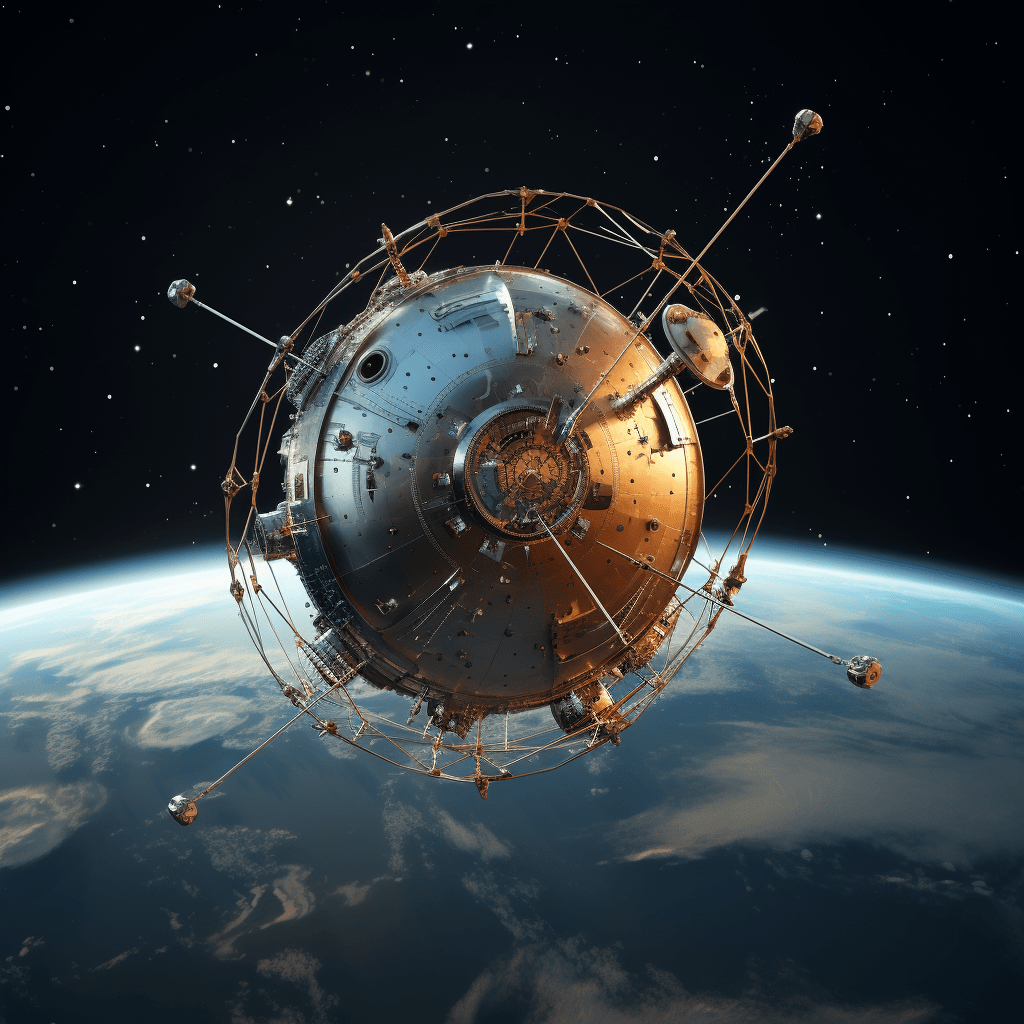On This Day, October 4, 1957, a landmark event in the history of space exploration and the Cold War occurred as the Soviet Union successfully launched Sputnik, the world’s first artificial satellite. This achievement marked the beginning of the Space Age and sparked a significant shift in global technological and political dynamics.
Sputnik, named after the Russian word for “fellow traveler,” was a metal sphere about the size of a beach ball, equipped with four external radio antennas to broadcast radio pulses. Its launch was a stunning technological feat that caught the world, particularly the United States, by surprise. The satellite’s beeping signal, which could be picked up by radio operators around the globe, was a dramatic demonstration of Soviet space prowess.
The launch of Sputnik had far-reaching implications. It not only represented a significant scientific breakthrough but also had considerable military implications, demonstrating the Soviet Union’s capability to deliver payloads into orbit. The event triggered the space race, a competition between the United States and the Soviet Union for supremacy in space exploration. It also led to the creation of NASA and a heightened focus on science and technology education in the U.S.
Sputnik’s flight into space symbolized a new era in human history, where the exploration of outer space became a realistic objective, forever altering humanity’s perspective on Earth and its place in the universe.
